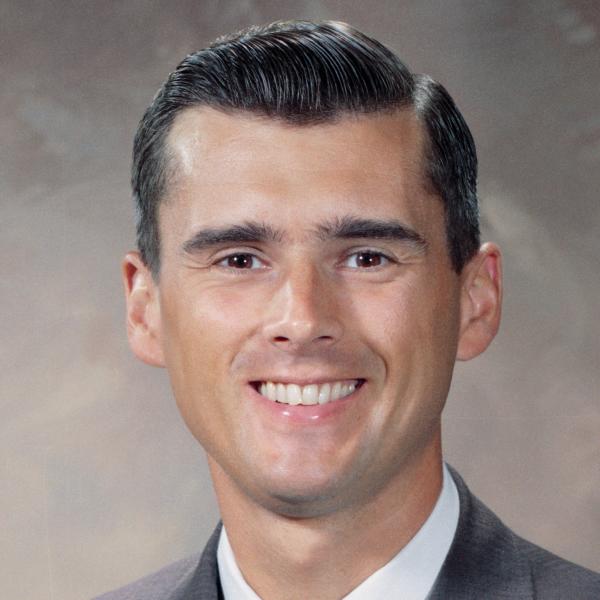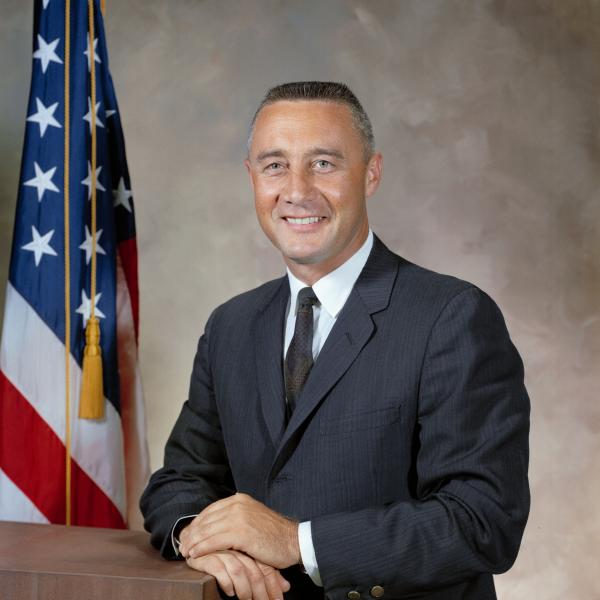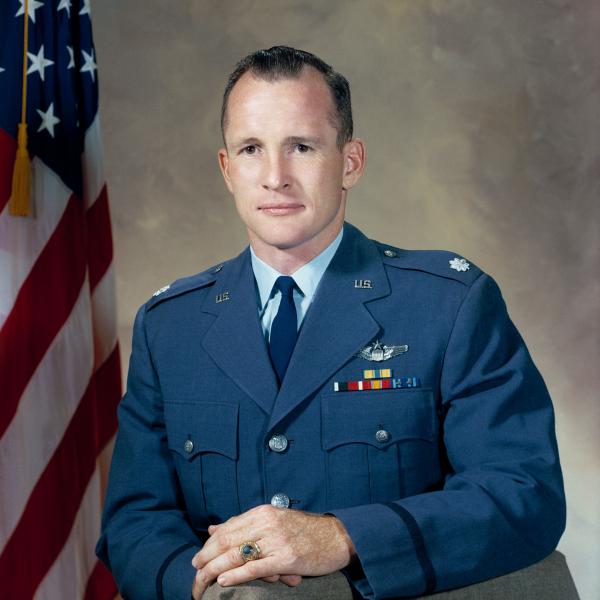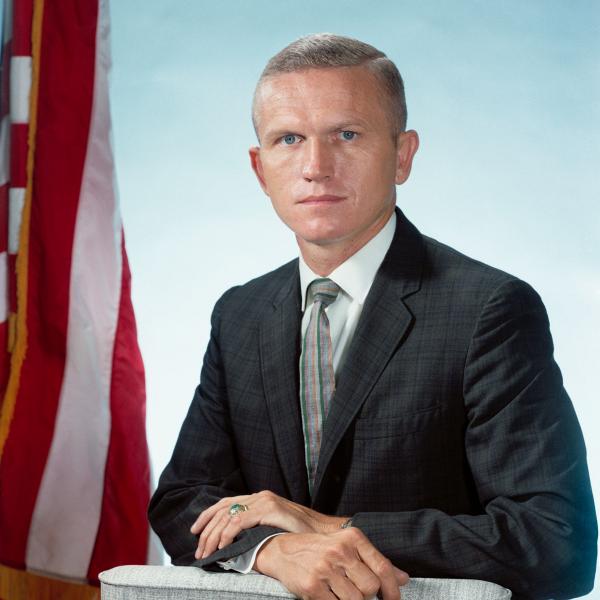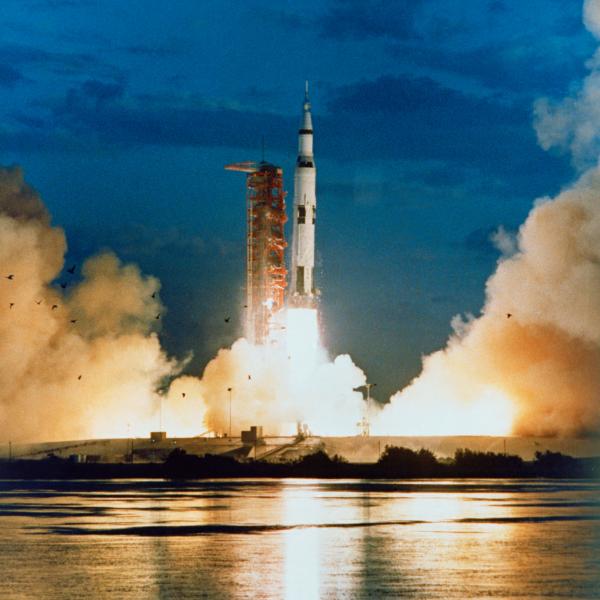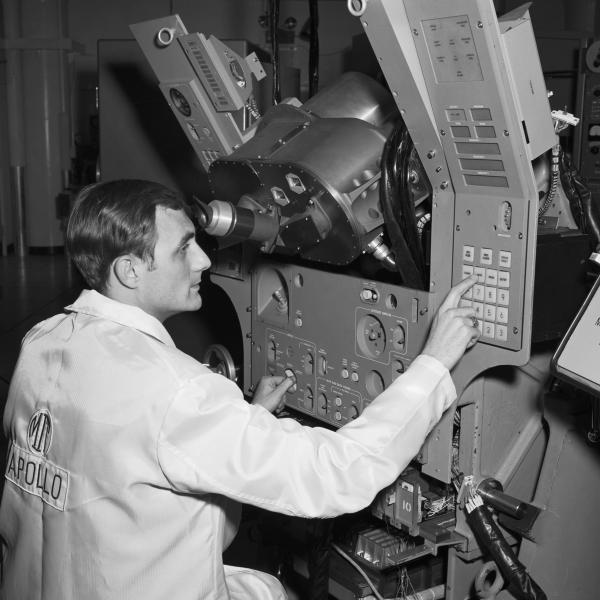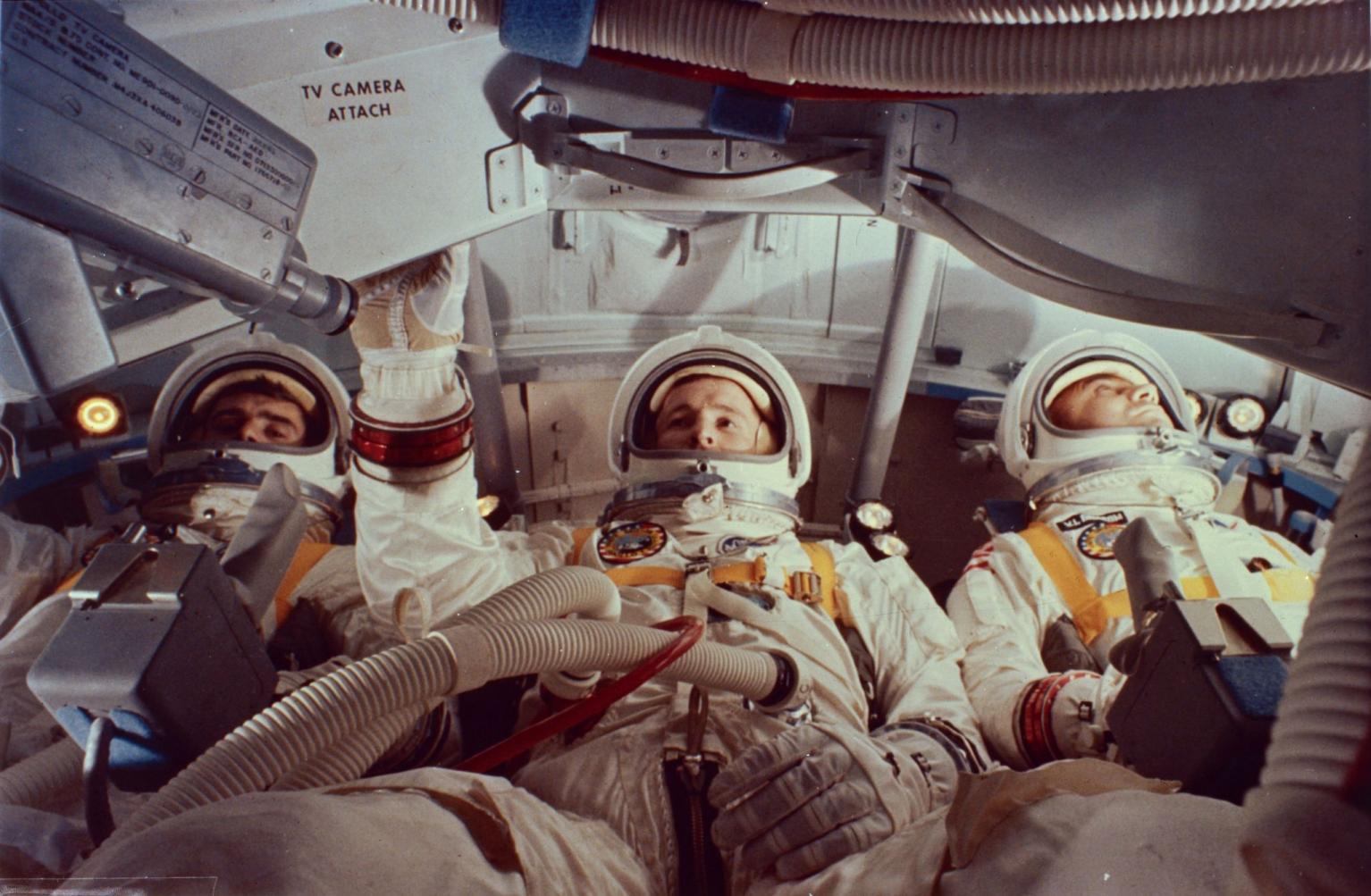
Apollo 1
From tragedy and ashes a moon program is reborn.
On the evening of Jan 27, 1967, Astronauts Gus Grissom, Ed White, and Roger Chaffee are strapped into the Apollo Command Module (CM). They perform a preflight test on the launchpad for Apollo 204, a dress rehearsal for what would become the first of the Apollo missions. Confidence is high as the next chapter of space exploration begins after a successful run on Mercury and Gemini. There is a flurry of activity as the crew is running through what should be a routine test. Gus Grissom grows increasingly frustrated as ground communication issues drag the test out for a long time. He remarks: "How are we going to get to the moon if we can't talk between three buildings?" A malfunction in the communication system is hampering the pad test. It seems that Gus Grissom’s microphone might have a wiring issue and it remains open. Grissom is clearly annoyed but his breathing is slow caused by the pure oxygen environment in the capsule. 100% oxygen at six pounds pressure was used to reduce the weight of the Command Module and Lunar Module, and to make it possible to work in a spacesuit. 100% oxygen is relatively safe to use in space because a fire dies quickly in a zero gravity environment.
As mission controllers press on to complete what should be a routine test, an unbelievable tragedy occurs. A stray spark likely from an uninsulated wire, possibly Grissom’s mic, erupts into a massive inferno. The crew of three are sitting ducks. They die tragically strapped into their seats unable to release the escape hatch while mission specialists listen helplessly to their demise. Immediate findings are painful for all involved. With a 100% oxygen environment, uninsulated wiring, and an overall cluttered spacecraft fraught with combustible materials the test conditions were extremely hazardous. And shockingly, the teams responsible for the planning and conduct of this test failed to even identify this test as “being hazardous”. "I don't believe that any of us recognized that the test conditions for this test were hazardous,” Frank Borman said on record. Without fuel in the launch vehicle and all the pyrotechnic bolts unarmed, no one imagined a fire could start let alone thrive. Escape preparations were not made. There were no procedures for this type of emergency and fire rescue and medical teams were not in attendance during this test.
The rapid spread of fire caused an increase in pressure and temperature which resulted in rupture of the Command Module and creation of a toxic atmosphere. Death of the crew was from asphyxia and thermal burns. Due to internal pressure, the Command Module's inner hatch could not be opened prior to its rupture. They would need a complete redesign of the spacecraft and its components. Before it leaves the gate, the moon program is halted and in jeopardy as the investigation begins. It becomes clear that the nation is not willing to risk human lives to win the space race.
